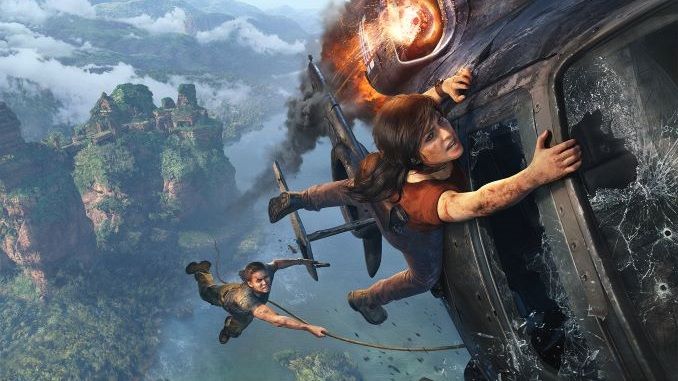Uncharted: The Lost Legacy Turned Its Sense of Adventure Into a Checklist

I expected Uncharted: The Lost Legacy to address my main problems with Nathan Drake. From what I had seen and played of the Uncharted games, Drake never really felt like a treasure hunter. He didn’t spend much time actually exploring—he goes where the game makes him, and the player follows along. Uncharted 4: A Thief’s End had a few segments where you could stray off the scripted path to pick up some collectibles, but they weren’t memorable. The general consensus around The Lost Legacy highlighted an open-world section that was more on par with what I was looking for from the series, though, and perhaps its change in protagonists would also bring a change in structure. The natural progression of A Thief’s End’s exploration enticed me, so I decided to give Lost Legacy a go when the Legacy of Thieves Collection was released on PlayStation 5 early this year.
While the introduction is pretty much what you would come to expect by now, it didn’t take long for the game to open up and allow for protagonists Chloe Frazer and Nadine Ross to wander around a large open area. There are two main tools at your disposal here: A jeep that you can drive around freely, which was first introduced in A Thief’s End, and a map. The latter is curious—instead of appearing as a UI element on the bottom of the screen or as a static screen that you can quickly tap in and out, the camera switches to a first-person perspective of Chloe actually holding the physical paper.
Aside from a few general pointers and directions, the only way to fill the map is to actually explore the area. Whenever you discover a landmark or point of interest, Chloe automatically scribbles it down. I saw this as a bold choice for a series that has always been more than eager to hold your hand and only provide scattered moments of player agency. And it gave me hope that, perhaps, this time the exploration would be different as a result.
I spent hours taking in the sights. Chloe and Nadine chit-chatted while I drove through mud and lakes. Whenever something piqued my interest, I knew that was my cue to pull the brake and start exploring. Turns out that aside from collectibles, there is an optional objective that involves finding tokens scattered around the area. The steps to get them are surprisingly varied. Sometimes you have to confront an enemy group, sure, but there are some Tomb Raider-esque caves or underwater sections, as well as light puzzles that were fun to solve on my own. At last, I had a treasure hunt in my hands—quite literally.
The problem, and one I couldn’t anticipate as I purposefully avoided looking for guides and tried to embrace the sense of adventure myself, is with one specific location. If you interact with the relic inside a cave up north before you finish gathering all of the tokens, all of the locations you haven’t uncovered yourself yet are automatically added to the map. At that moment the sense of adventure crumbled at my feet. I had yet another checklist in front of me to tick items off, instead of a hunt that was giving me the kind of satisfaction I hadn’t found in the series beforehand.